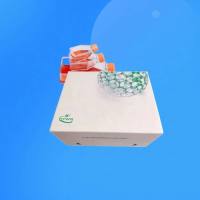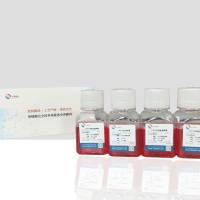Bacterial Colonization and Infection in the CF Lung
互联网
536
Progressive obstructive pulmonary disease accounts for the majority of morbidity and mortality in cystic fibrosis (CF) (1 ). Chronic bacterial bronchopul-monary colonization and infection plays a major role in this progression. While the lungs of persons with CF are normal in utero , many infants become colonized with a number of bacterial organisms including Staphylococcus aureus and Haemophilus influenzae shortly after birth (2 -6 ). The role of these organisms in the development of lung disease remains unclear. In time, Pseudomo-nas aeruginosa becomes the predominant bacterial pathogen in older children and is strongly associated with progressive pulmonary decline (7 -9 ). Most CF patients are initially infected with classical, smooth strains of P. aeruginosa . During the course of the disease, these bacteria change to a mucoid phenotype with a rough polysaccharide exterior (10 ). This mucoid exopolysaccharide prevents both phagocytes and antibiotics from being able to penetrate and kill the bacteria and therefore plays a major role in promoting the persistent infection and inflammation that ultimately destroys the lung. Burkholderia cepacia , now an increasingly important pathogen, is associated with more advanced lung disease and in some cases is correlated with rapid clinical deterioration (10 ,12 ,13 ). Highly antibiotic-resistant organisms such as Achromobacter xylosoxidans and Stenotrophomonas maltophilia are also frequently recovered from patients with more advanced disease (14 ). The incidence of colonization and infection with these and other pathogens is reported annually by the national Cystic Fibrosis Foundation Patient Registry (15 ) and elsewhere (14 ). It is clear that the presence of these bacterial organisms incites and propagates a chronic inflammatory response that damages the airways and impairs local host-defense mechanisms, resulting in widespread bronchiectasis and respiratory failure.









